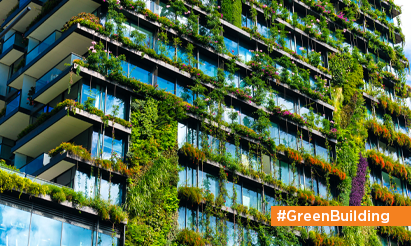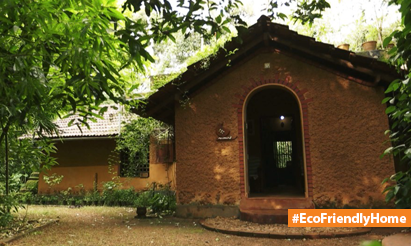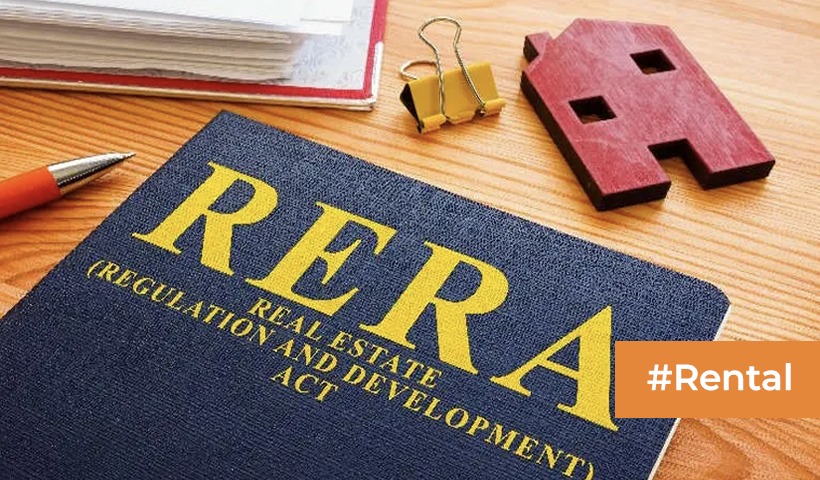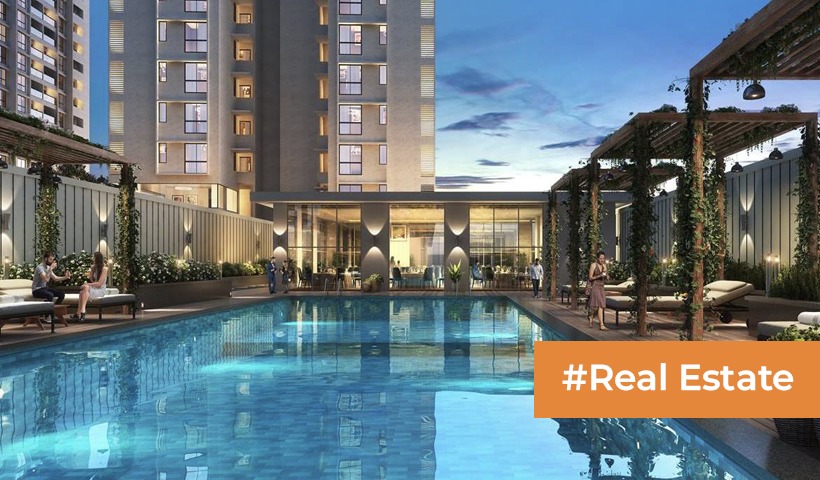Need for Environmental Sustainability in the Realty Sector
Environmental sustainability is an essential factor for human health. As per the World Health Organization, about 24% of the deaths can be traced back to avoidable environmental factors. The responsibility to conserve and protect natural resources and global ecosystems that promote health and well-being is a part of environmental sustainability. The need for environmental sustainability arises due to global warming, climate change, and mass-scale air pollution. This World Environmental day, the initiative “Go Green and Think Green” has to be emphasized to ensure the recovery and reversal of the damage done to the ecosystem.
The theme for world environment day 2021 was “Reimagine. Recreate. Restore.” The theme set by the World Health Organization for 2022 is “Only one Earth.” This global campaign is set to make transformative changes in policies toward a greener, cleaner, and more sustainable ecosystem. There is a greater need for sustainability in the real estate sector since it is the largest consumer of world resources and a significant contributor to climate change around the world.
Real estate buyers and developers should consider sustainability as a center of focus and work towards a greener and nature-oriented business plan. It should be kept in mind that sustainable houses are a priority in the era of depleting natural resources which cannot be regenerated.
Greenhouses and Resident’s Contribution to Sustainable Houses
Greenhouses are designed and built in a way that lowers environmental impacts. The awareness and demand for greenhouses are increasing because of a change in perspective of the environment-consciousness in the millennial and Gen Z era.
Solar panels, green spaces, rainwater harvesting, and innovative waste management systems are becoming more popular among homeowners to conserve natural resources. Although this is a significant step in environmental preservation, the initial costs of such projects are prohibitively high, forcing the extension of this trend to the construction of low-cost residential houses.
Contribution of Developers and Builders to Building Sustainable Houses
Climate change adversely affects the real estate sector. There is a demand for more sustainable homes, which will reduce the impact on the environment. Hence, not only homeowners and buyers, even developers and builders can contribute to creating a sustainable ecosystem.
When building a home, builders need to use eco-friendly materials such as fly ash bricks, highly recyclable building materials, high reflectivity patio tiles, and renewable bamboo jute composites for door frames. To address the water crisis, developers must install rainwater harvesting systems, use low-emission facilities, condition the building during construction, perform geothermal cooling, and recycle wastewater through sewage treatment plants if needed.
There can be additional measures taken to preserve resources. They are:
- Taking initiatives to reduce CO2 emissions during the building process.
- Implementing green roofs to generate a renewable source of energy and using energy-efficient features like LED lighting and improved insulation will be beneficial.
- By improving natural lighting and purchasing renewable energy credits along with electricity.
- Using high-end Internet of Things technology and automated systems to ensure power consumption based on occupancy.
- Other power-saving and wastage management systems can be implemented.
Many state governments are working to address the climate crisis by supporting a green agenda and sustainable practices. Some municipalities offer tax advantages to encourage real estate developers to build more environmentally friendly structures and houses.
Are greenhouses and Zero-electricity houses what we need?
Zero-energy houses are like any other houses but better than them. These are regular grid-connected houses that are airtight, well-insulated, and energy-efficient, producing the same amount of renewable energy used in a year by the residents. Zero-energy houses combine advanced design and superior building systems with energy efficiency and on-site solar panels to create better other houses. Zero-energy houses are affordable, very comfortable, healthy, quiet, and sustainable.
Greenhouses are structures with walls and roofs made primarily of transparent materials such as glass and are used by crops that require controlled climatic conditions. Greenhouse projects can be found in all climates, including hot, cold, temperate, and tropical. The interior of a greenhouse exposed to sunlight is much warmer than the outside temperature and protects its contents in the colder months. The capacity to establish optimal growing conditions is one of the most significant advantages of greenhouses. The capacity to control growth conditions decreases the dangers associated with unexpected weather changes, giving growers more security and predictability.
Zero houses help in reducing energy consumption and resource depletion. Greenhouses are built to grow more crops in suitable conditions irrespective of climate changes.
Conclusion
During the coronavirus outbreak, establishing sustainable houses has become even more necessary by focusing on sustainable construction and design factors. After all, lockdown and work-from-home policies have highlighted how desperately we need a greenhouse. As a result, nudge yourself toward environmentally friendly design, building, and operations, as green housing may significantly reduce carbon emissions, conserve water, and reduce exposure to contaminants.
Let’s take a pledge this world environmental day to use renewable sources of energy and reduce carbon footprints. This is a need of the hour for nature for a better tomorrow.
Disclaimer: The views expressed above are for informational purposes only based on industry reports and related news stories. PropertyPistol does not guarantee the accuracy, completeness, or reliability of the information and shall not be held responsible for any action taken based on the published information.




